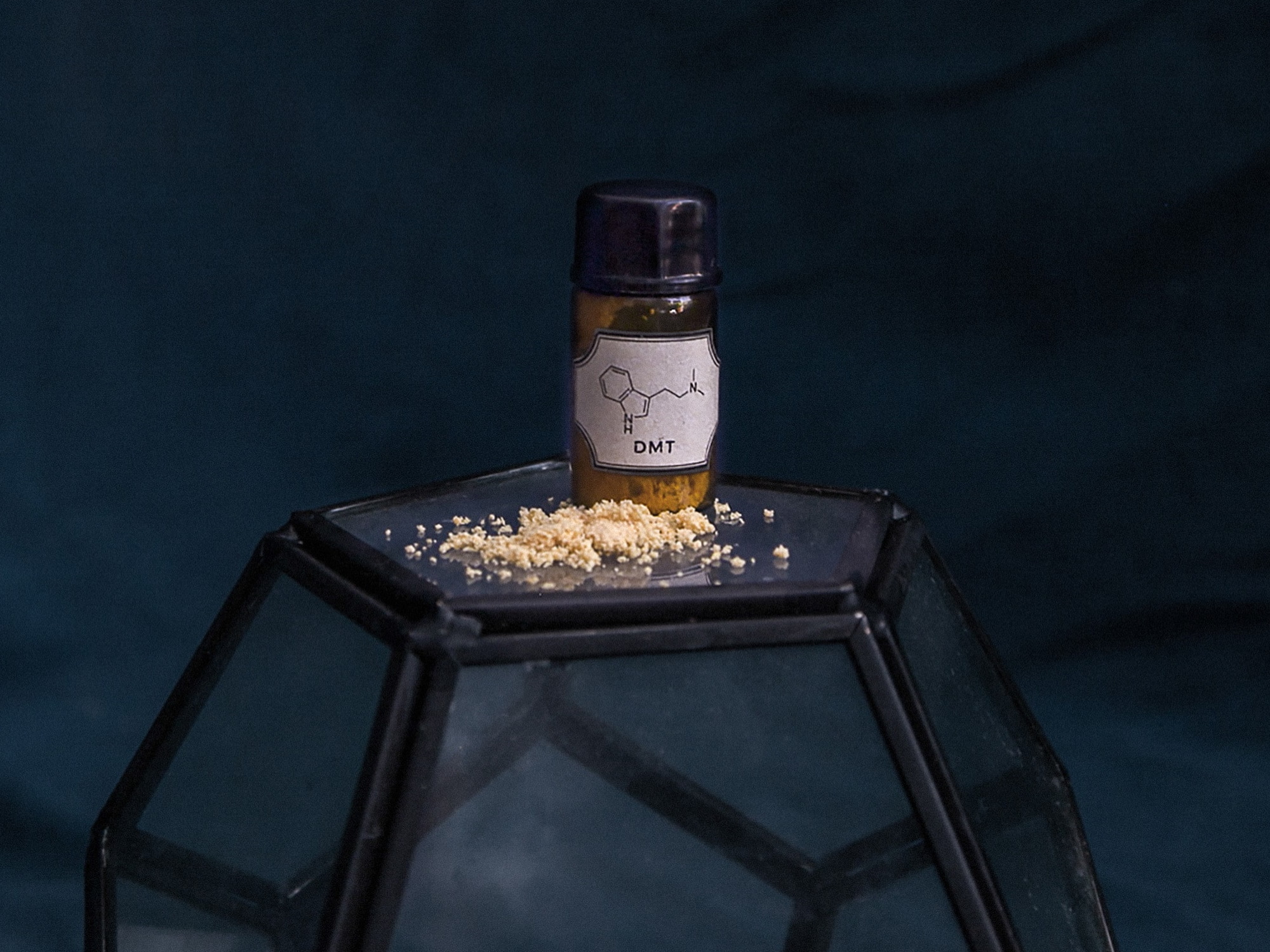CALCIUM ASCORBATE BP/USP/EP

What is Lorem Ipsum?
Lorem Ipsum is simply dummy text of the printing and typesetting industry. Lorem Ipsum has been the industry's standard dummy text ever since the 1500s, when an unknown printer took a galley of type and scrambled it to make a type specimen book. It has survived not only five centuries, but also the leap into electronic typesetting, remaining essentially unchanged. It was popularised in the 1960s with the release of Letraset sheets containing Lorem Ipsum passages, and more recently with desktop publishing software like Aldus PageMaker including versions of Lorem Ipsum.
CALCIUM ASCORBATE BP/USP/EP
✅ CALCIUM ASCORBATE – PRODUCT DESCRIPTION
Calcium Ascorbate is a buffered, non-acidic form of Vitamin C, widely used in nutraceuticals, food fortification, and pharmaceutical formulations. It combines ascorbic acid with calcium, making it gentle on the stomach while providing both Vitamin C and calcium supplementation. Available in BP/USP/EP grades, it ensures compliance with global quality standards and is supplied across USA, Malaysia, Vietnam, and Chile.
📦 Industries Used In:
-
Pharmaceuticals (tablets, syrups, chewables)
-
Nutraceuticals & Dietary Supplements
-
Food & Beverage (fortified juices, powders)
-
Cosmetics & Skincare (antioxidant formulations)
-
Animal Nutrition
🧪 Available Grades:
-
BP (British Pharmacopoeia)
-
USP (United States Pharmacopeia)
-
EP (European Pharmacopoeia)
-
Food Grade
-
Nutraceutical Grade
⚙️ Functions:
-
Serves as a non-acidic Vitamin C source
-
Provides calcium supplementation
-
Acts as an antioxidant in food and cosmetic products
-
Enhances immune support and skin health
-
Used in formulations sensitive to pH
🧩 Classified Under:
-
Vitamin C Derivatives
-
Calcium Compounds
-
Food Additives
-
Nutraceutical Ingredients
-
Pharmaceutical Actives
CAS Number
5743-28-2
Formula
C₁₂H₁₄CaO₁₂
Molecular Weight
426.31 g/mol
Density
~1.8 g/cm³
Gravity
~1.8
Melting Point
~200 °C (decomposes)